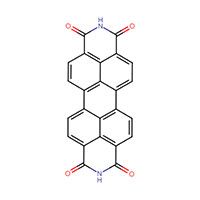Pigment violet 29
TSCA Ten: Snapshots of the first 10 chemicals to be reviewed under the new TSCA
Summary: An overhaul in 2016 of the main U.S. chemical safety law, the Toxic Substances Control Act, required EPA to choose the first 10 chemicals for risk evaluation. Pigment violet 29, one of the first 10 chemicals, is used to add pigment to a variety of products including arts and crafts paint, varnishes, yarn, and more. There are key information gaps on the toxicity of this chemical.
What kinds of products may use it?
- Arts and crafts paints including acrylic and watercolor
- Printing ink and toner
- Yarn and fiber dye
- Automotive paint
- Varnishes/lacquers
- Sporting goods
What hazards does it pose?
- Highly persistent in the environment
- Generally it is advised that inhalation and contact with the skin and eyes be avoided
- There are key information gaps on this chemical
Who may be exposed or most at risk?
- Workers and occupational bystanders in pigment violet 29 manufacturing and processing industries
- Consumers using products that contain pigment violet 29
- People that live near industrial or commercial facilities that use pigment violet 29
Production profile (2015)
- U.S. manufacture (production and import): Withheld (confidential business information)
- Number of manufacturers: 1
- Number of manufacturing sites: 1
What industries use it?
- Pigment manufacturing
- Automotive (paints and coatings)
- Plastic and rubber coloring/dying
- Solar energy (in solar cells as a light harvester)
Pigment violet 29 additional resources
Chemical snapshot

Pigment violet 29 can be found in arts and craft paints.

Credit: Chem ID Plus data base under the U.S. National Library of Medicine.










